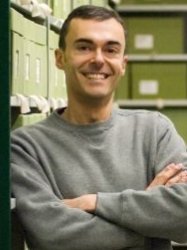BibTex format
@article{Stevenson:2020:10.1002/ppp3.10143,
author = {Stevenson, PC and Bidartondo, M and Blackhall-Miles, R and Cavagnaro, TR and Cooper, A and Geslin, B and Koch, H and Lee, MA and Moat, J and O'Hanlon, R and Sjoman, H and Sofo, A and Stara, K and Suz, LM},
doi = {10.1002/ppp3.10143},
journal = {Plants, People, Planet},
pages = {482--498},
title = {The state of the world's urban ecosystems: What can we learn from trees, fungi, and bees?},
url = {http://dx.doi.org/10.1002/ppp3.10143},
volume = {2},
year = {2020}
}

